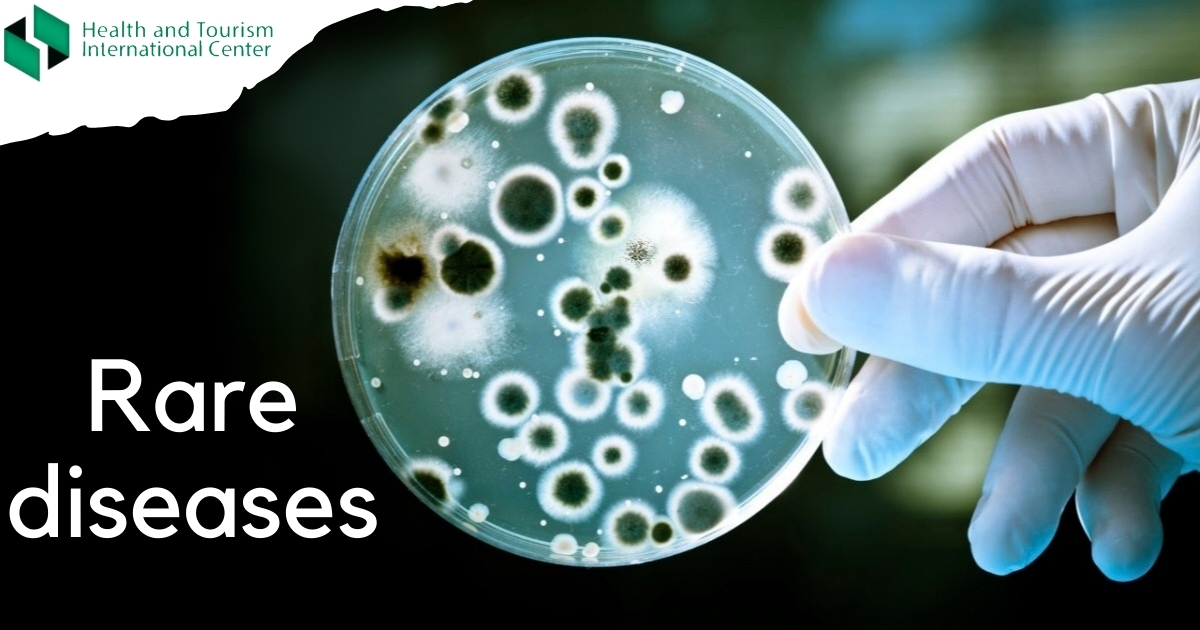What does a rare disease mean?
A rare disease is any pathology that affects a small number of the population.
Most of the rare diseases are genetic in nature and have a chronic course, which means that a person has to manage it for a lifetime.
Typically, these diseases are manifested at an early stage of life, and unfortunately, often little ones get sick.
It should be noted that sometimes the term "rare disease" is conditional, because if any pathology belongs to a number of really rare diseases in one country, elsewhere it is quite expected to be distinguished by a growing number of statistics. In Europe, for example, the disease is considered rare if one patient in 2,000 people with any pathology falls ill.
If we look at the official statistics we find that there are more than 300 million patients worldwide who are diagnosed with a rare disease and these 7,000 diseases are defined as rare in the United States.
Due to the specificity of the pathology, modern medicine may not have an accurate protocol for diagnosing or treating a specific disease, which significantly increases the risk of deteriorating the patient's quality of life.
As mentioned, genetics plays an important role in the formation of a rare disease, but environmental factors must also be considered.
Which pathology is considered a rare disease?
According to scientists, the world medical space is familiar with thousands of rare pathologies and unfortunately, as the number grows, new terms emerge.
Doctors say that the number of rare diseases exceeds 5,000 and these pathologies are:
- Thalassemia;
- Microspherocytosis;
- Fermentopathy;
- Bruton's disease;
- Osteogenesis imperfecta;
- Addison disease;
- Alstroemeria syndrome;
- Whipple disease;
- Biliary atresia;
- Hemochromatosis;
- Hemophilia;
- Lyme disease;
- Acute intermittent porphyria;
- Wilms tumor;
- Vulgaris ichthyosis;
- Pheochromocytoma;
- Jackson-Barr syndrome;
- Diabetes mellitus and more.
Diagnosis and treatment of rare diseases
The list of rare diseases includes both genetic pathologies and rare forms of infectious diseases.
Unfortunately, the exact cause of many rare diseases is still unknown.
Rare diseases are serious, often chronic, and progressive. More than 50% are manifested in childhood.
Treatments for a large proportion of rare diseases are still unknown, although doctors can manage the pathology symptomatically and try to improve the patient's quality of life in various ways by relieving pain.
It is noteworthy that there is indeed progress in the treatment of specific diseases, which allows scientists to make a positive prognosis.
Thousands of rare diseases can be diagnosed with laboratory analysis of biological samples.
Scientists working in different countries of the world are still actively working on the development of methods for the diagnosis and treatment of rare diseases.
International Day for Rare Diseases
World Rare Disease Day is celebrated annually on February 28. On this day, a number of important events are held, the main purpose of which is to inform the public about rare diseases.
P.S. Examination of morphology material at Acibadem Labmed is already possible through the official partner I-Lab. For detailed information see the link

